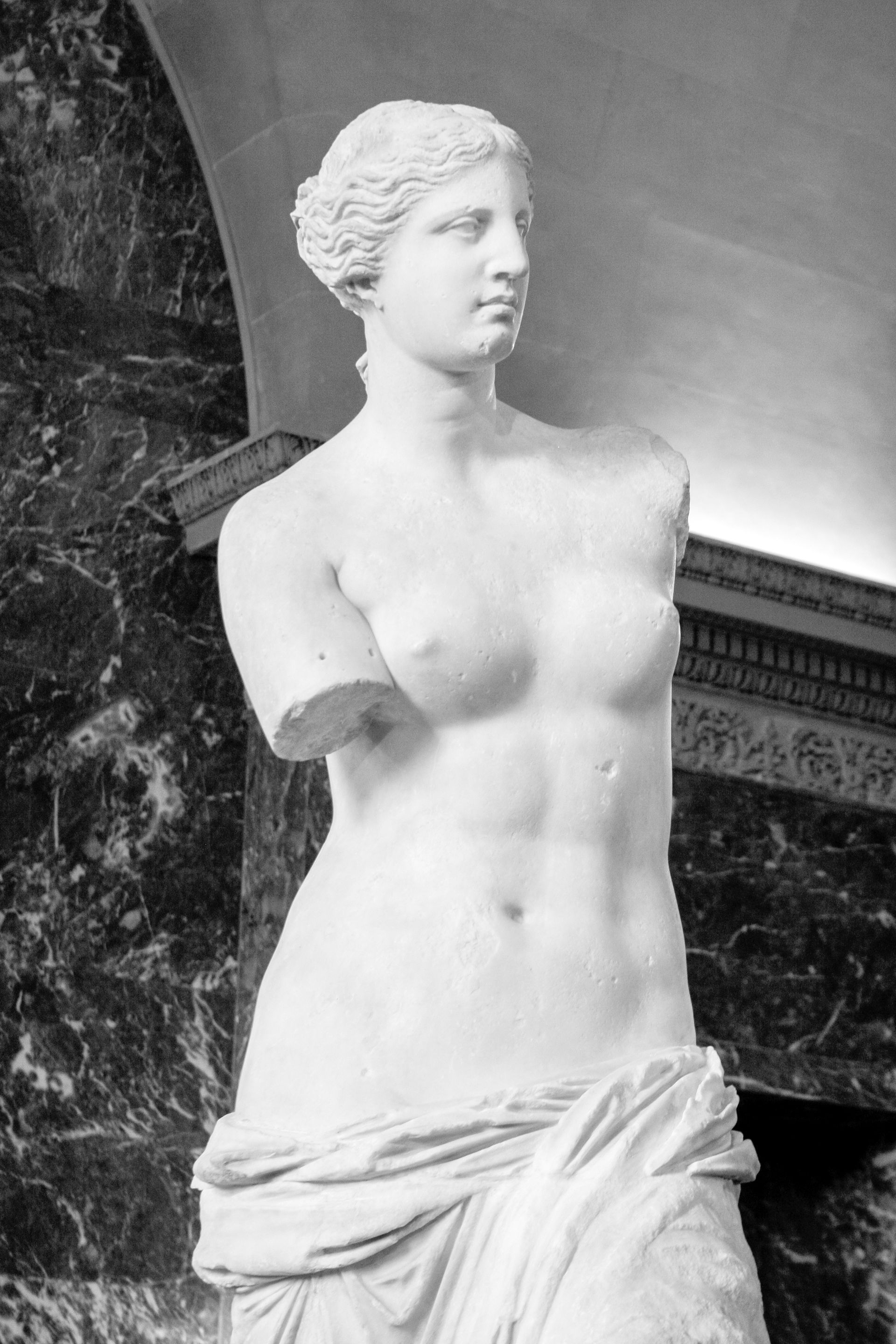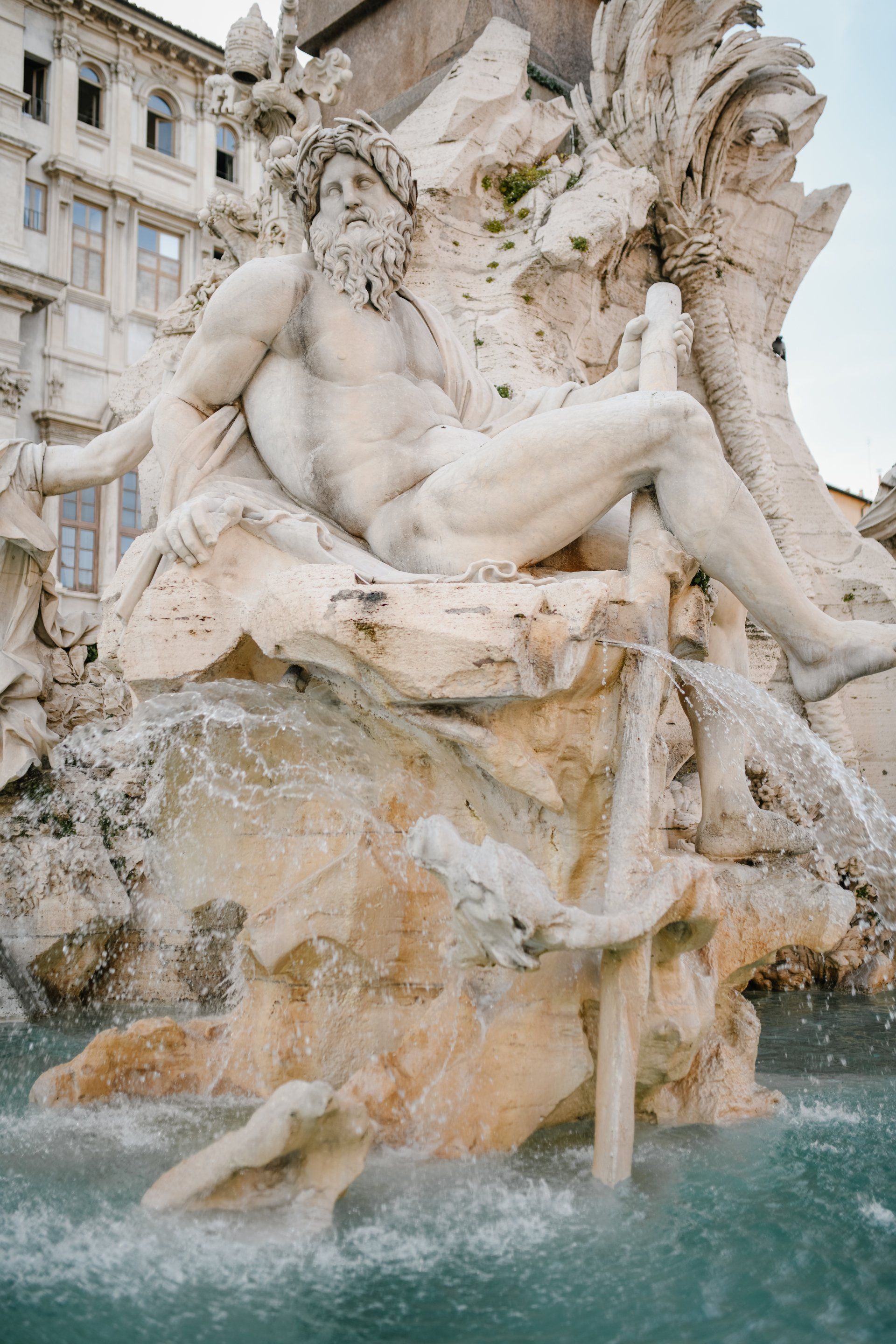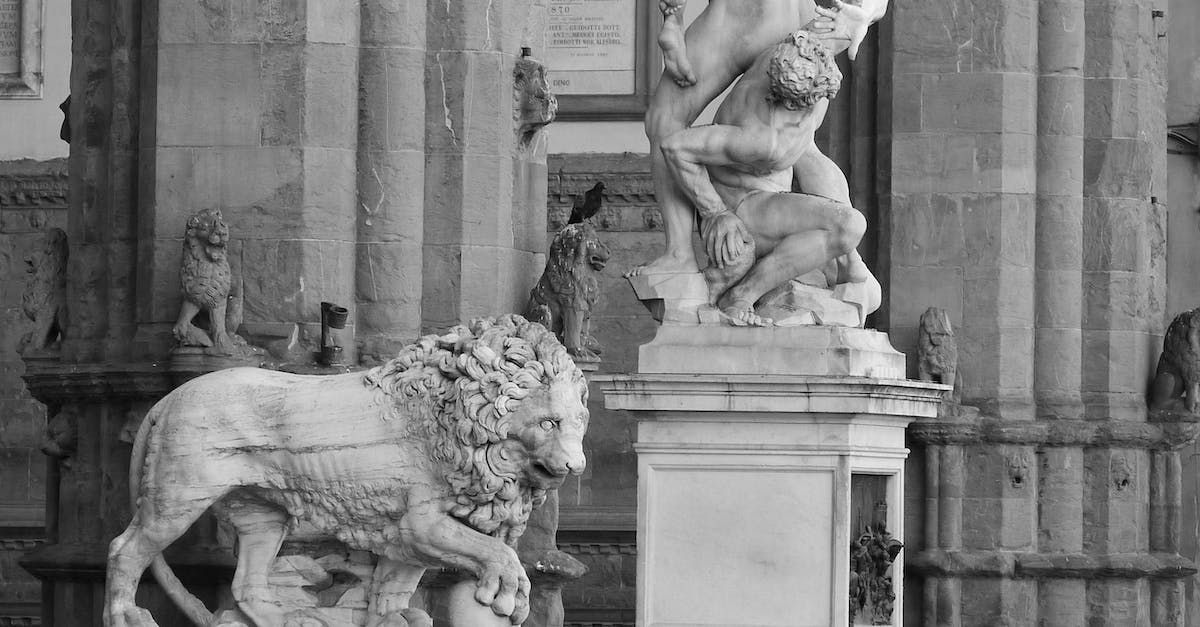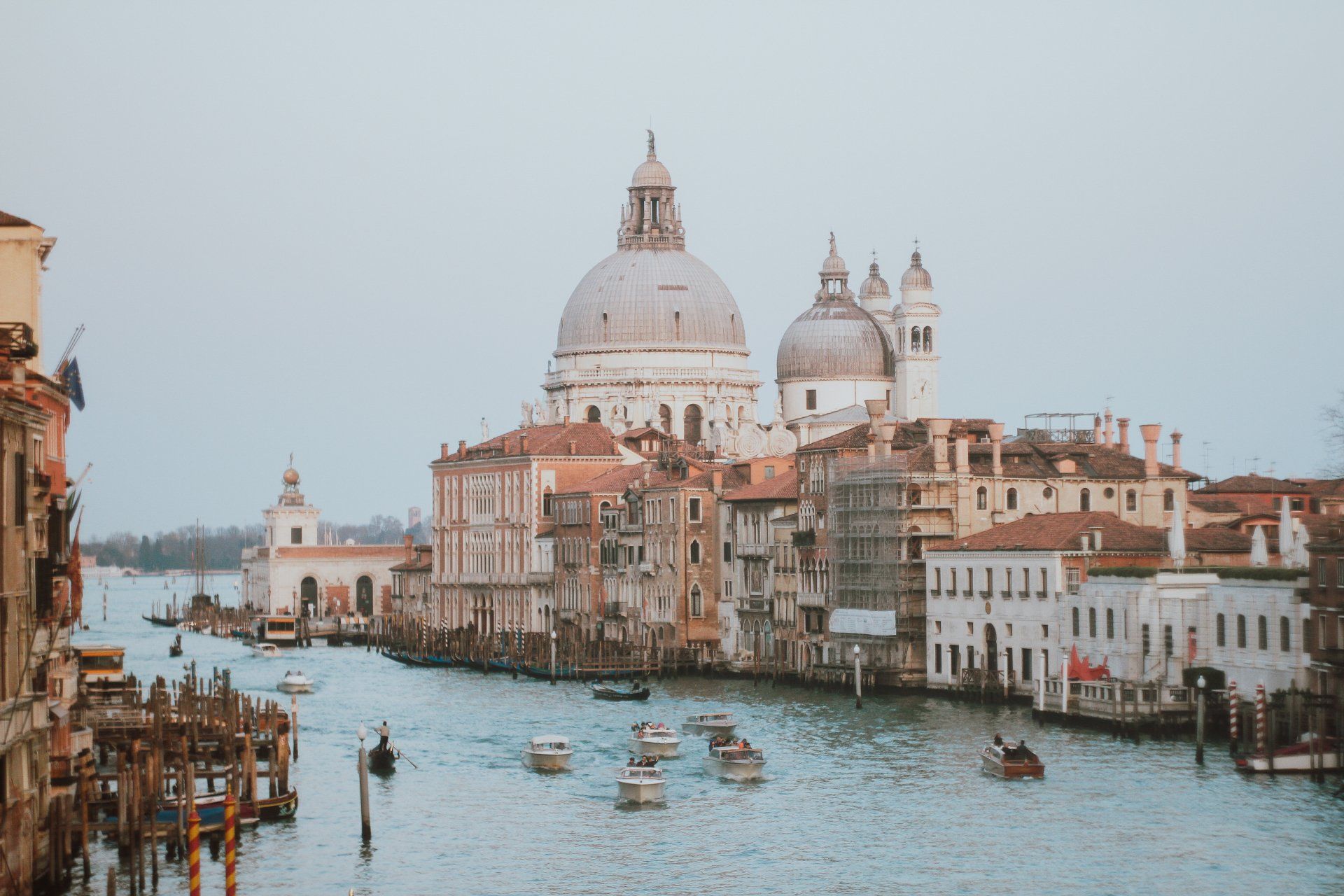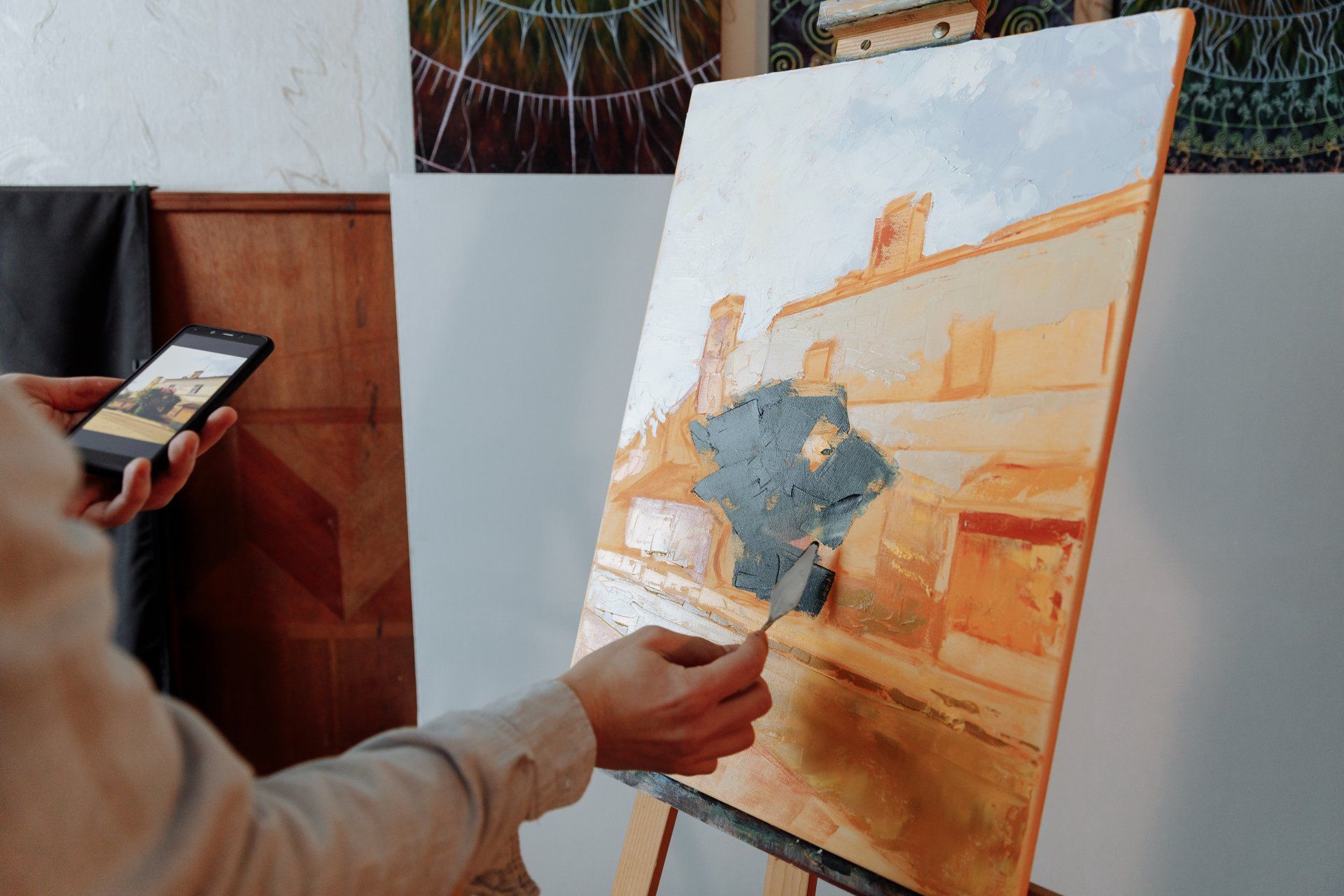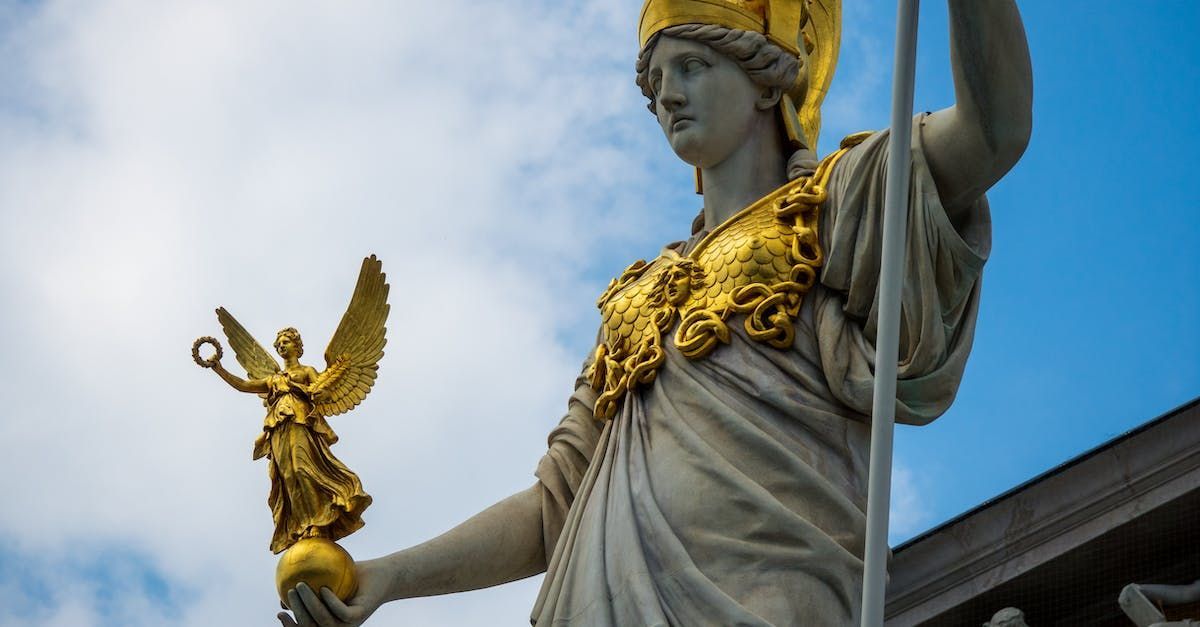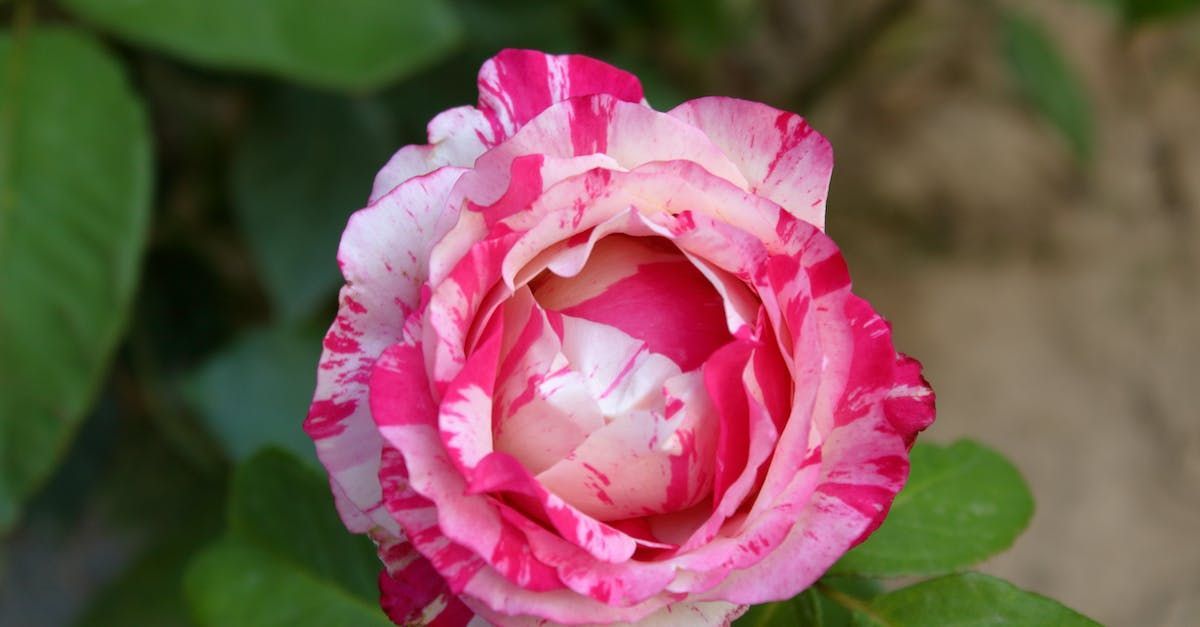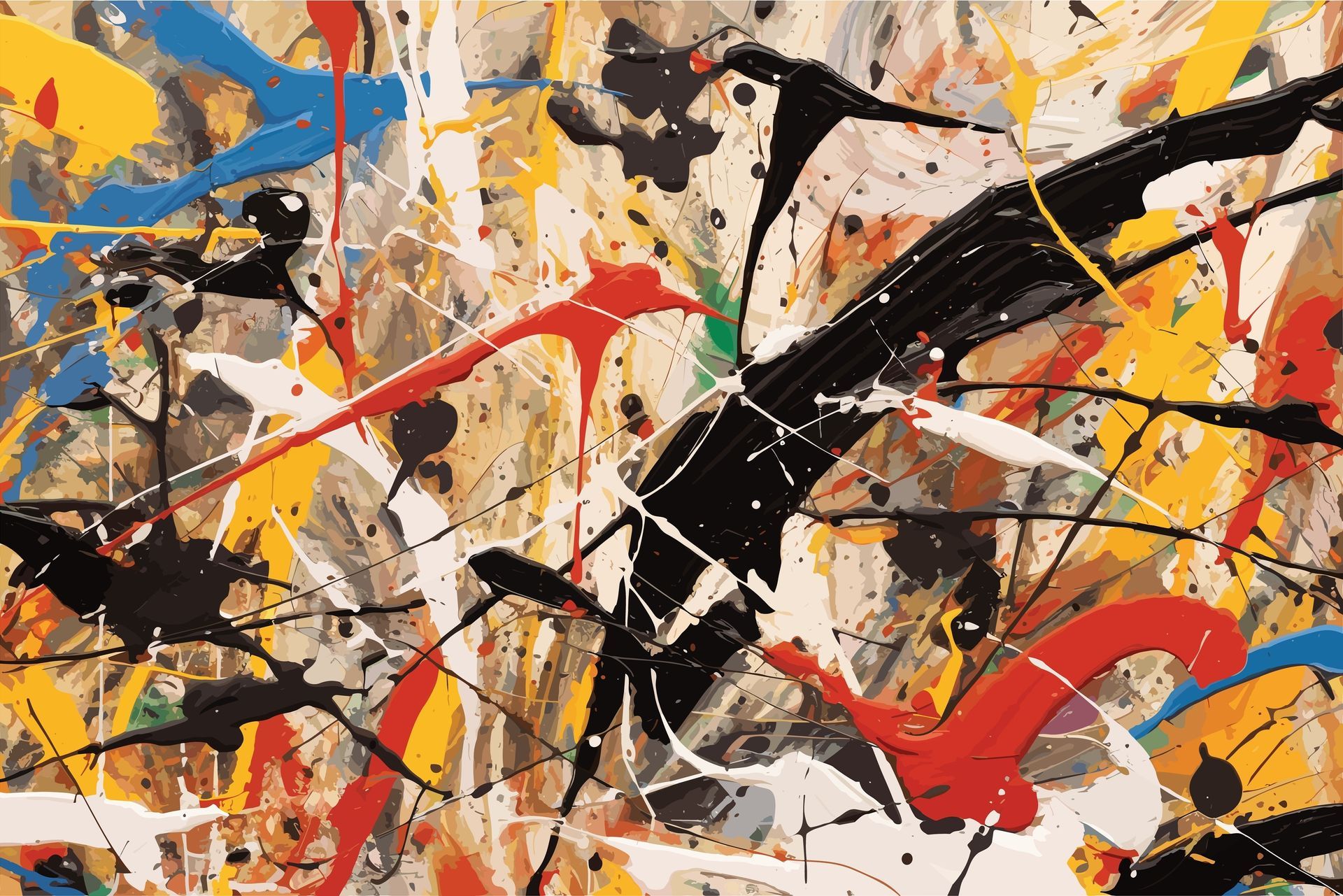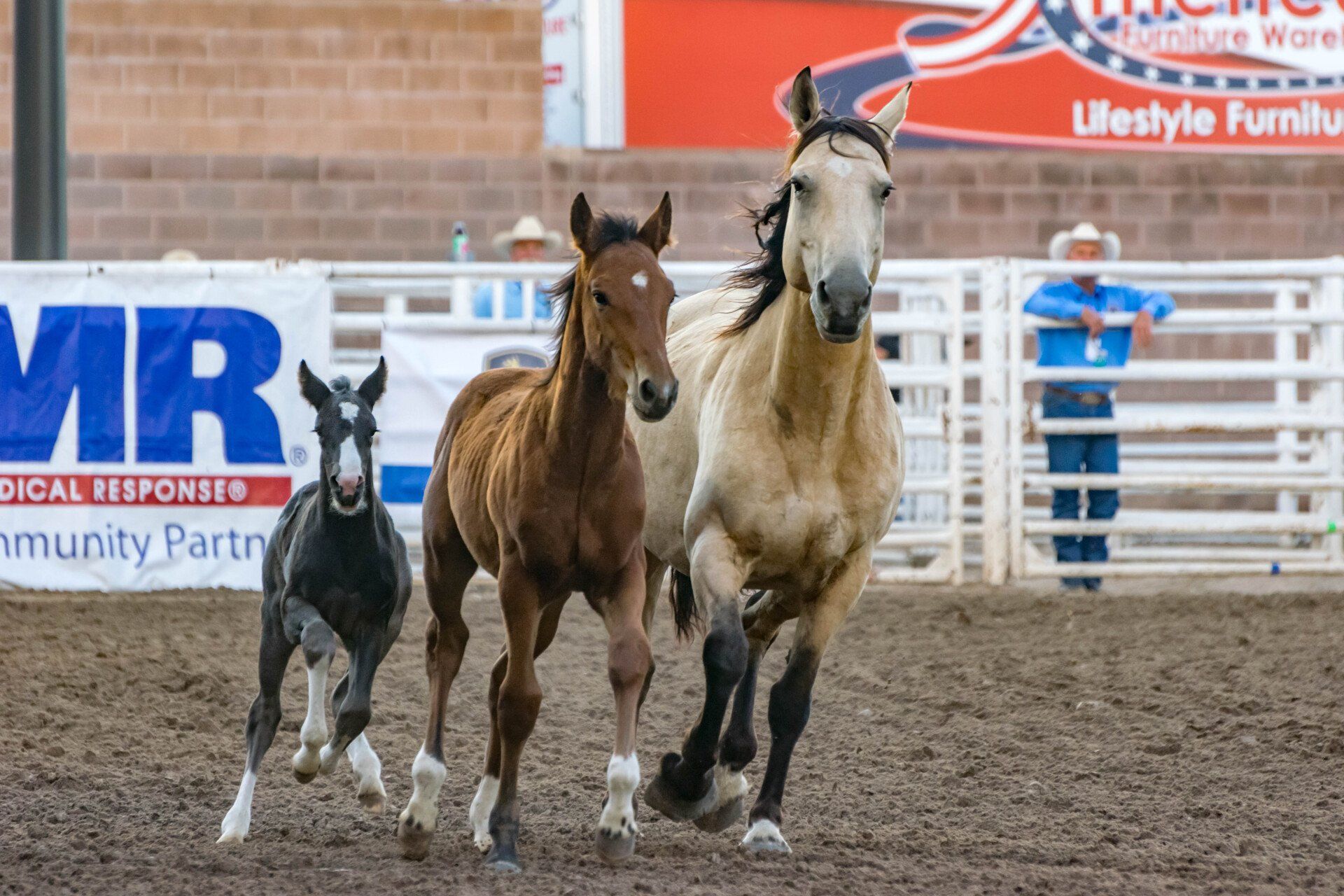By Rachael Lofgran
•
26 Sep, 2023
Mythology and classical themes played a significant role in Renaissance art, as artists of the time looked to ancient Greek and Roman stories, gods, and heroes for inspiration. The revival of these ancient narratives and their incorporation into artistic works became a prominent feature of Renaissance art, reflecting the period's fascination with the classical world and its ideals. During the Renaissance, there was a renewed interest in the literature, philosophy, and art of ancient Greece and Rome. Artists and intellectuals sought to emulate the achievements of classical antiquity and viewed it as a golden age of knowledge and creativity. They believed that by studying and emulating the classical world, they could achieve similar greatness in their own time. Mythology, with its rich cast of gods, goddesses, heroes, and epic narratives, provided a vast pool of subject matter for Renaissance artists. They drew from ancient texts such as Ovid's "Metamorphoses," Virgil's "Aeneid," and Homer's "Iliad" and "Odyssey" to explore and depict mythological stories and characters. Artists often infused their works with allegorical or symbolic meanings, using mythological figures to represent human virtues, vices, or ideals. For example, Venus, the goddess of love, might symbolize beauty or the transformative power of desire, while Hercules, known for his strength and heroism, could represent the virtues of bravery and moral fortitude. The incorporation of mythology and classical themes allowed artists to explore a wide range of subjects, from grand mythological narratives to intimate scenes of daily life. Mythological scenes provided artists with the opportunity to depict powerful emotions, dramatic conflicts, and supernatural elements, allowing for the expression of deep human emotions and psychological insights. In addition to mythology, Renaissance artists also depicted classical gods and goddesses in individual portraits or as part of larger compositions. They sought to capture the idealized beauty and grace associated with these divine beings, drawing inspiration from ancient sculptures and texts. These representations of gods and goddesses often conveyed a sense of divine presence and elevated the subject matter to a spiritual and transcendental level. The use of mythology and classical themes in Renaissance art was not limited to painting but also extended to sculpture, architecture, and decorative arts. Sculptors recreated mythological scenes in marble or bronze, while architects incorporated classical motifs and references into their buildings, such as columns, pediments, and friezes. The revival of mythology and classical themes in Renaissance art not only reflected the period's fascination with the ancient world but also served broader cultural and intellectual purposes. It provided artists with a rich visual vocabulary and a connection to the ideals of ancient civilization. It also allowed for the exploration of complex human emotions, moral dilemmas, and philosophical concepts, providing viewers with a deeper understanding of the human condition. The incorporation of mythology and classical themes in Renaissance art played a vital role in the revival of ancient stories and gods. It allowed artists to connect with the greatness of classical antiquity, explore powerful narratives and emotions, and express complex ideas through visual representations. The use of mythology in Renaissance art contributed to the cultural and intellectual richness of the period, leaving a lasting impact on Western art and culture.
